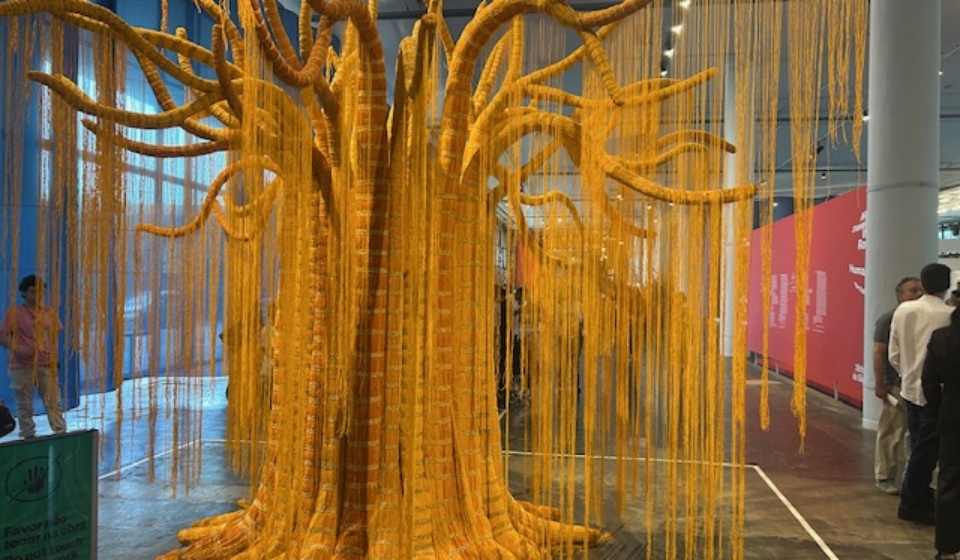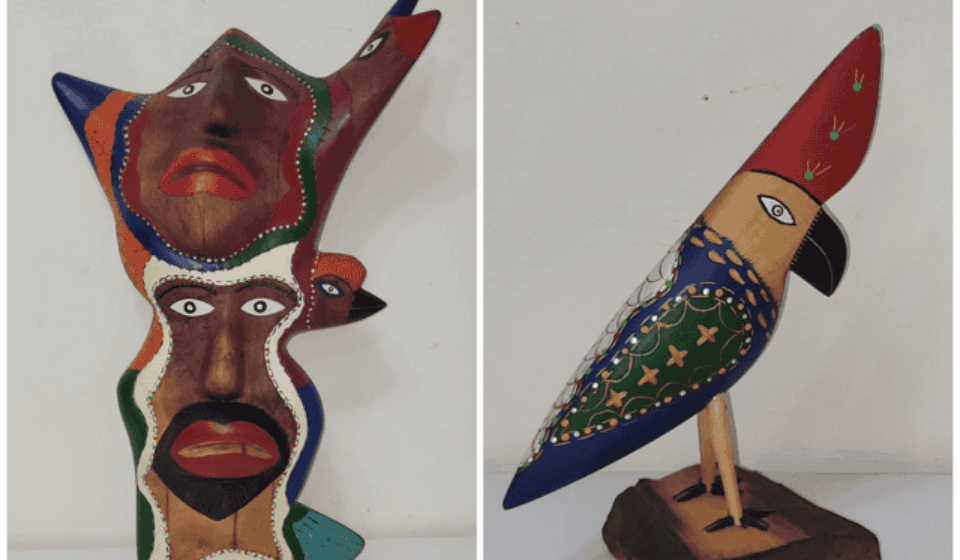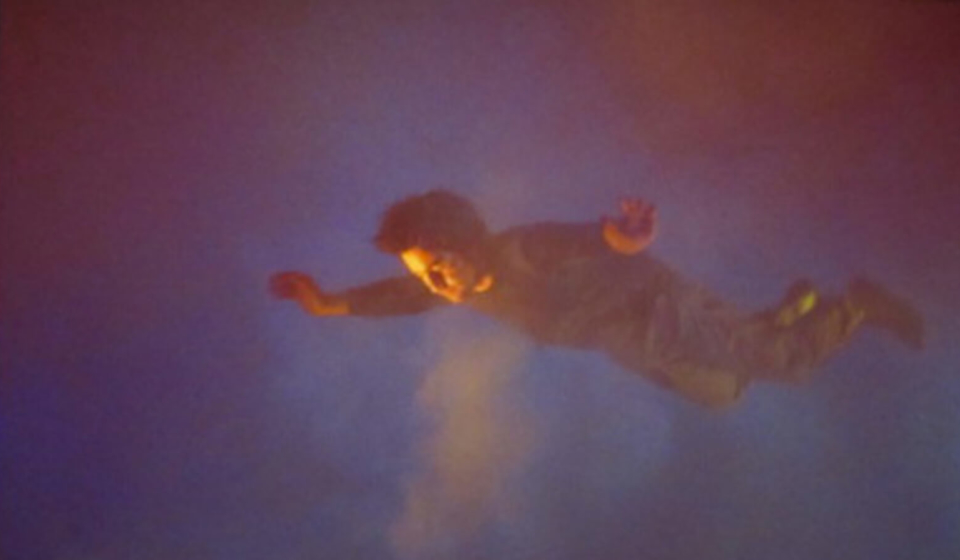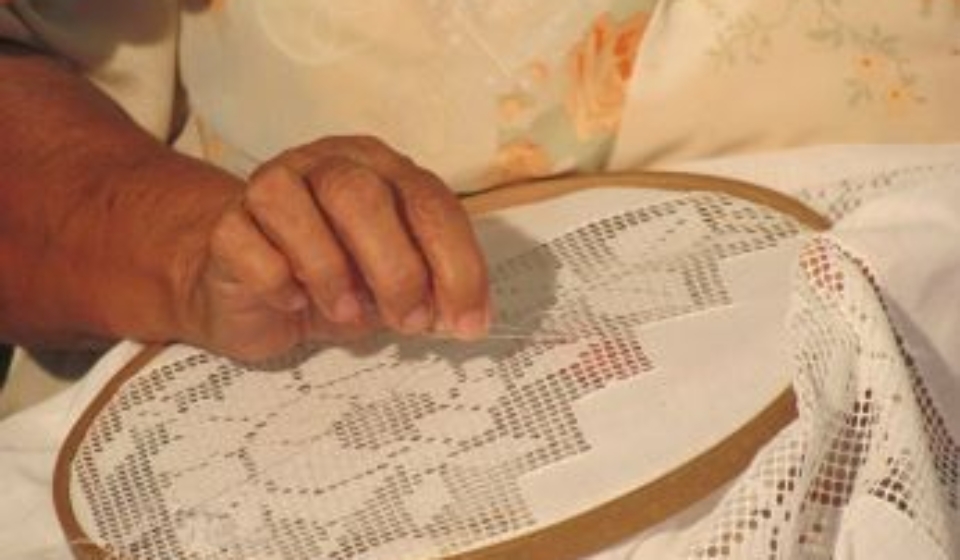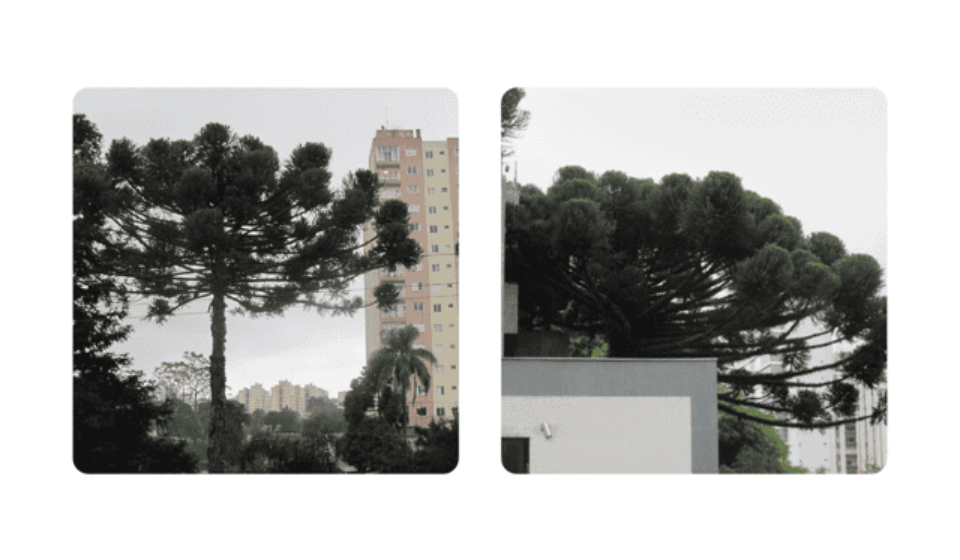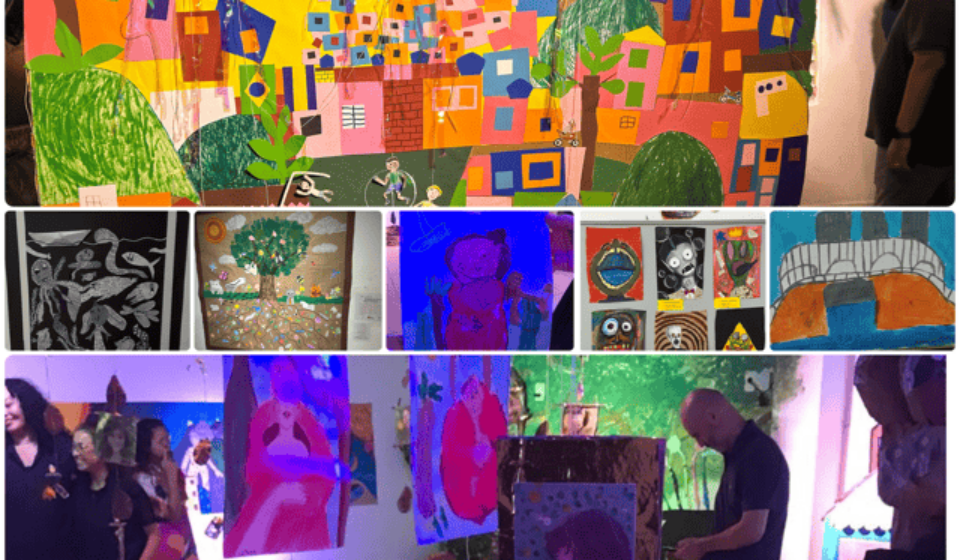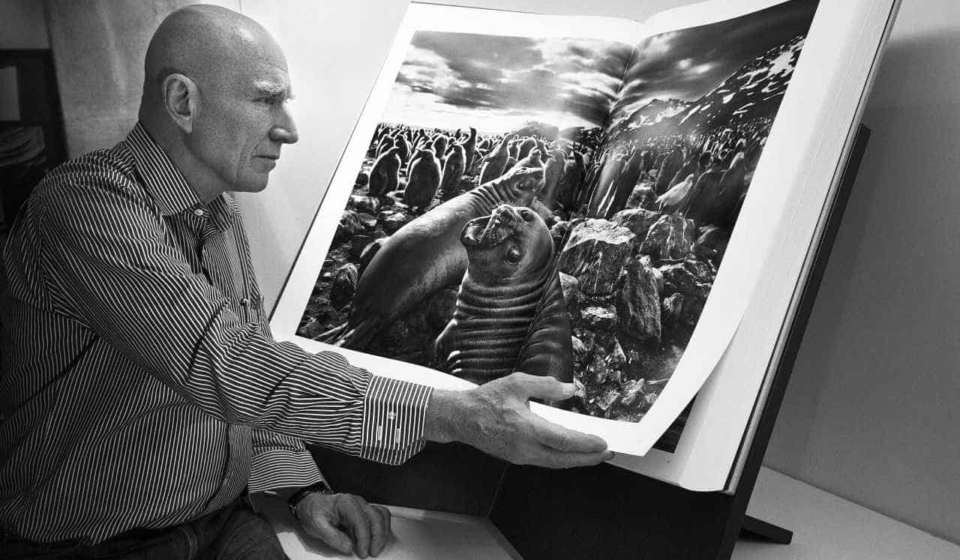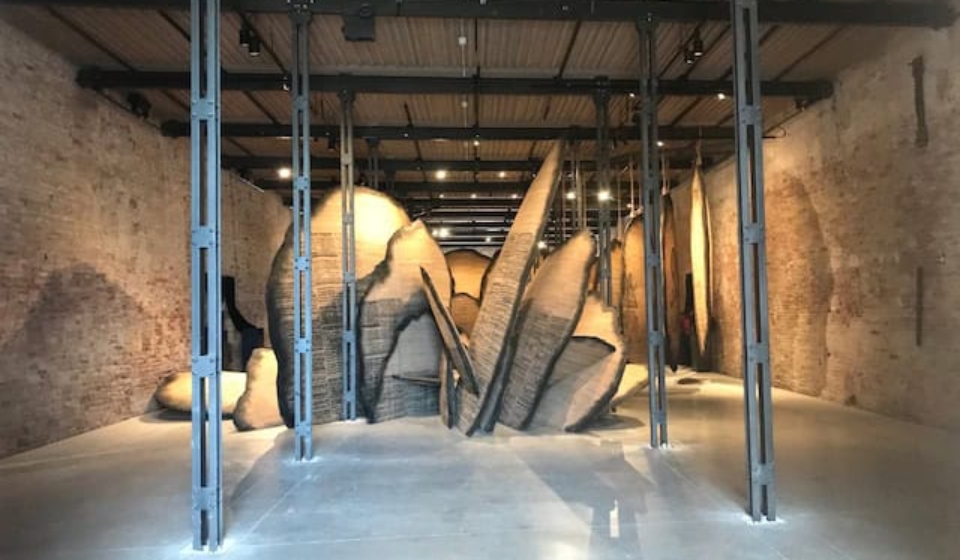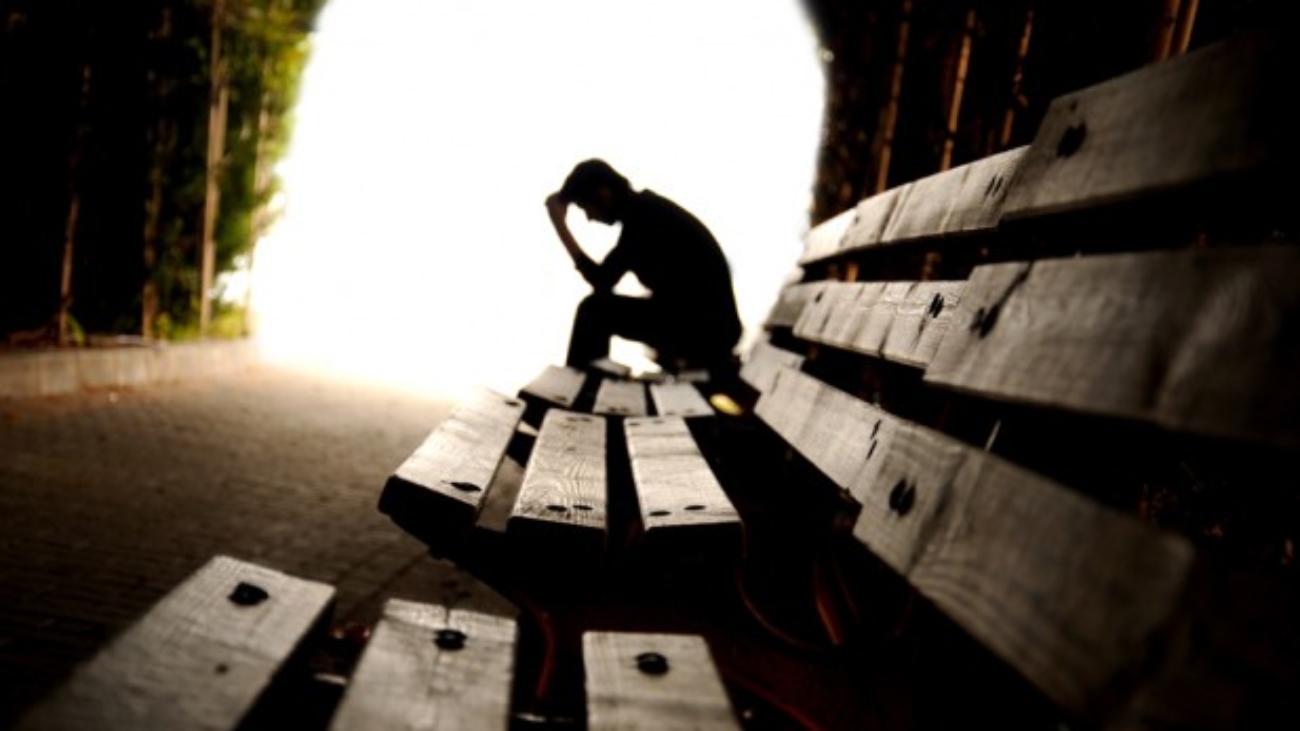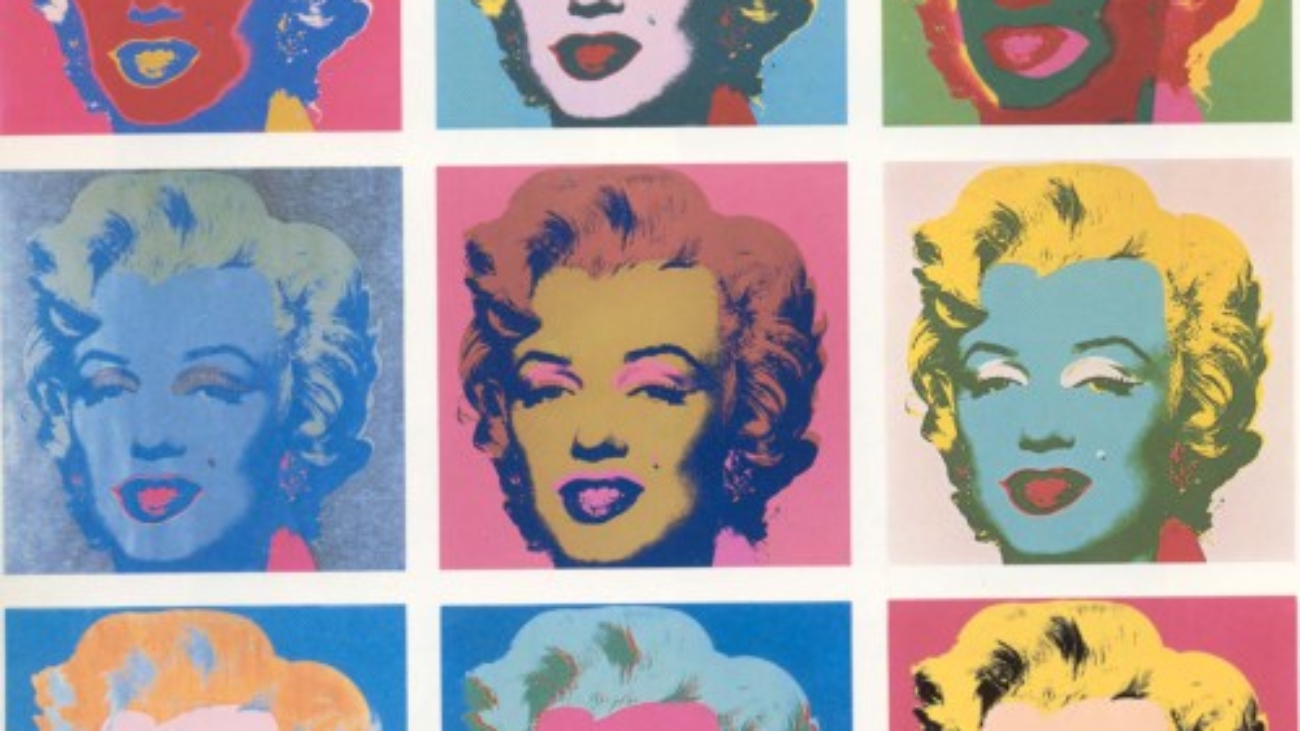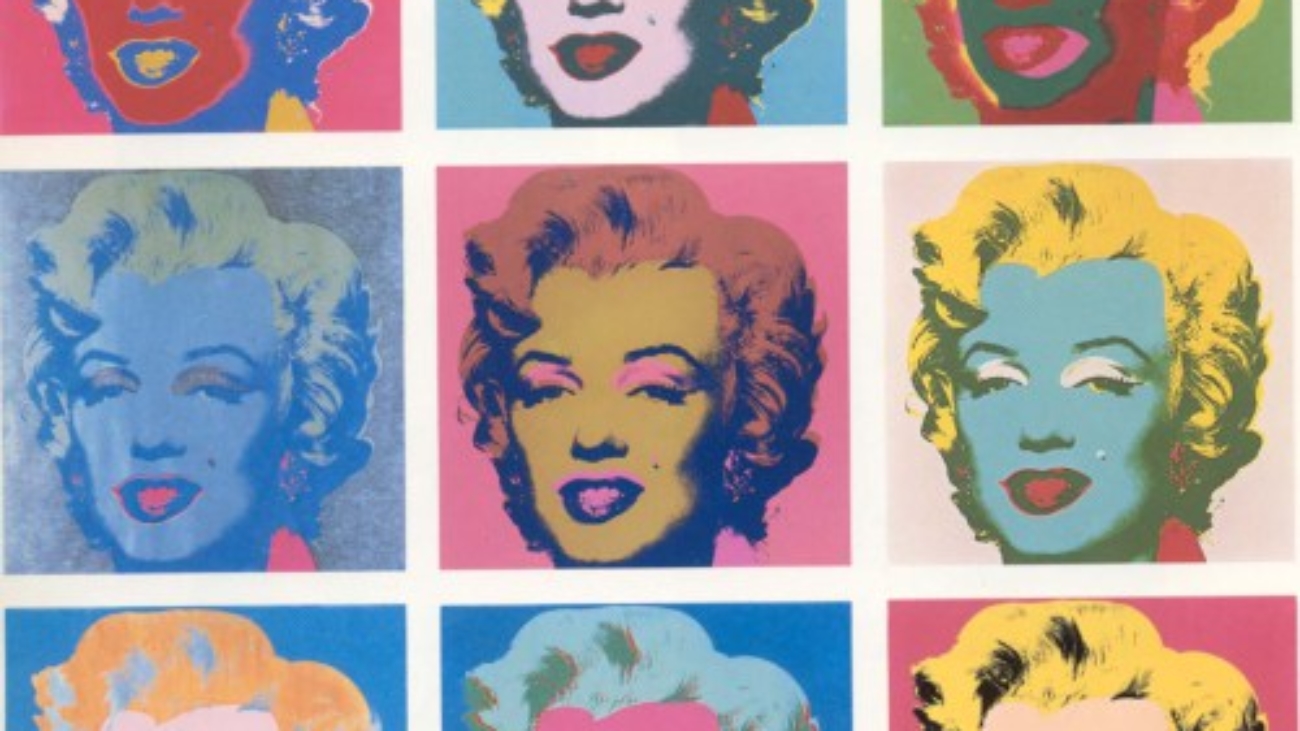(Uma história contada por ‘mamãe Generosa’, avó da coautora e do próximo livro dos autores)
Hoje peguei meu álbum amarelado pelo tempo, e que escrevi nos meus 10 ou 11 anos. Até minha péssima letra e meus erros de português denunciam a falta de escolaridade daqueles primeiros anos do século vinte.
Meu pai, dos antigos, não gostava que suas meninas estudassem, já que mulher deveria ser preparada apenas para um casamento. Meus escritos eram palavras soltas, sem consistência narrativa, com letras que mais pareciam garranchos. Apesar de tudo isso, ali estava registrado um nome: Flor.
E esse nome tão expressivo trazia de roldão gratas recordações da permanência daquela menina em nossa fazenda durante mais ou menos cinco anos.
Flor
Seu verdadeiro nome não era Flor, era um nome indígena, mas não o registrei, nem no caderno e muito menos na memória. É que ela sempre colhia uma flor para enfeitar seus cabelos pretos. Pele maravilhosa, cor de mel, olhinhos puxados, um jeito no andar sinuoso que lembrava uma serpente a ondear ao sol.
Demonstrava admirável intimidade com a natureza, mas, por outro lado, preservava ciosamente a sua cultura, num total descompromisso com os nossos costumes… Falo disso porque, surpreendentemente, papai a tolerava, justamente ao contrário do rigor que exercia sobre nossa educação.
Era tão severo com as filhas que nem permitia que ficássemos na sala quando ele recebia visitas. Mas a Flor… Exceção havia para o seu Nassif, um turco mascate que trazia panos, roupas e aviamentos de costura para o enxoval das mocinhas crescidas da casa. Era a única visita que ele nos permitia acesso.
Lembrei-me agora da Flor, e é muito importante contar como ela chegou à fazenda: um belo dia, ela e a mãe surgiram na porteira da casa. Sentiam fome. Mamãe sempre nos ensinava que não se nega comida a ninguém, nem mesmo aos bugres* que de vez em quando vinham vender cestos trançados com taquara. Eles causavam pavor a todos nós, as mulheres, já que papai vivia fora da casa na lida do campo. A todo esse contingente feminino ainda se somava a tia Sinhara, que morava numa casinha ao lado.
Mamãe preparou dois pratos de comida para as bugras* e nós, medrosas, ficamos espreitando pelo cantinho da janela as duas comerem rudemente com as mãos. Quando terminaram, passaram os pratos de lata por baixo da porteira e eu me precipitei em buscá-los. Tomei o maior susto porque, quando me aproximei, as duas me encararam. Saí em disparada e voltei para meu cantinho da janela. A mulher se foi, mas a bugrinha* continuava parada na frente da porteira, a esperar não sei o quê. Como um ‘dois de paus’ como dizia papai. Corri contar para a mamãe que não deu nenhuma importância.
Passava o tempo e a bugrinha* não arrendava pé da porteira. Anoiteceu e ela lá. Quando começou a garoar, não teve jeito, mamãe mandou recolhê-la. No começo, todas nós ficamos assim, assim, com ela, meio com medo e meio curiosas. Mas ela permaneceu impassível, sem nada falar, sem nos olhar. Como ela vestia apenas uma camisa suja, mamãe me mandou trazer um dos meus vestidos, porque o corpo dela parecia-se com o meu. Ela recusou, mas mamãe fez valer sua autoridade. Graças a Deus, papai encontrava-se viajando para vender parte da safra de erva mate, porque não saberia dizer o que aconteceria se ele pegasse, de surpresa, dentro de sua casa, aquela bugrinha selvagem e seminua. Nesta primeira noite, dormiu no chão bruto. Depois, ela mesma teceu uma rede de folhas de palmeira, e a rede se fez sua cama.
Quando papai voltou, foi aquele desespero. Não queria saber de jeito nenhum da menina bugra. Mas quando contaram que, na sua ausência, ela tinha subido na copa dos ervateiros para colher as folhas mais altas – coisa que nem os agregados conseguiam – ele mudou de ideia. Interesseiro, viu o quanto a menina podia ser útil, para aumentar seus ganhos.
Assim, a bugrinha continuou vivendo entre nós. Mas eu sempre desconfiei dela, porque não fazia empenho em se adaptar aos nossos costumes. Volta e meia sumia – por horas — e até dias – e só voltava quando queria, sem dar nenhuma satisfação. Mesmo assim, foi ficando, sempre com um pé em casa e outro na natureza. Era eu quem a defendia do papai e encobria suas traquinagens. Sempre achei estranho seu jeito e pensei que, por trás de tudo, a Flor tinha algum segredo.
Chegou o tempo de começar meu próprio enxoval. Papai trouxe-me um baú grande para enchê-lo com roupas, toalhas, colchas, e tudo mais, trazidas pelo seu Nassif. Quando veio, apresentou-nos seu filho, Abib, um belo rapaz que agora o acompanhava, por conta de um aprendizado no ofício de mascate. Mas, qual, o moço só se interessava pela lida da fazenda, de maneira que, enquanto nós, maravilhadas, olhávamos as roupas, ele zanzava pela propriedade, olhando as plantações, aprendendo a tostar a erva-mate e admirando a criação.
De tanto fuçar por todos os cantos, um dia encontrou a Flor, nua, banhando-se na cachoeira do riacho da fazenda, como ela fazia todos os dias. Claro, ficou parado, em cima de uma pedra, admirando aquele corpo exótico que a menina exibia sem nenhum pudor. A partir desse dia, não perdia oportunidade de acompanhar seu pai nas visitas e, depois, sumir nas andanças rumo à cachoeira.
Muito tempo depois, a própria Flor me contou que, nessas ocasiões, os dois iam namorar num gramadão, ao lado de um pinheiral. Abibinho ensinou-lhe alguns costumes nossos, como beijar, e daí para frente essas intimidades desembocaram numa intensa, numa louca relação em que ela se entregava ao rapaz com a maior naturalidade.
Sem nenhum sentimento de culpa, um dia a Flor nos contou que estava grávida. Papai esbravejou, mas, como sempre, era época de colheita da erva mate e ele acabou aceitando a situação, pelo menos até o nascimento da criança.
Daí, seu Nassif apareceu pela última vez sem o filho Abib. Contaram-lhe o acontecido, mas ele não se abalou. Certamente já sabia e, quando mamãe falava, ele nem levantou seu olhar dos panos. Mostrou pouca coisa, mas o ambiente ficou tão carregado que ele pegou suas malas e desapareceu pela porta sem se despedir. Foi, mas deixou de cobrar do papai uma dívida eterna nossa, que não era coisa pouca, o que deixou papai mais conformado.
Na hora do parto, Flor desapareceu no meio do mato e só voltou com a filhinha ajeitada numa cesta, amarrada às suas costas. Depois me contou que fizera o parto de cócoras, e sozinha, como era costume entre os seus. Aprendera tudo com as mulheres mais velhas da sua aldeia.
Mas, para a raiva de papai, a Flor nunca mais foi a mesma. Seu instinto maternal a fez mudar o comportamento, passando a cuidar da criança com o zelo de qualquer mãe civilizada. Agora, ficava mais em casa e se recusava a subir nos ervateiros. Furioso, papai colocou novamente os agregados na difícil tarefa de colher as folhas das pontas dos galhos.
Toda criança é fofinha, mas a menina da Flor era especial. Mistura de branco com índia, resultou numa menina branca, sim, mas com a pele um pouco tostada, tal como o mate, carinha diferente, com olhinhos puxados. Era o xodó da mulherada, mimada e querida. Apegamo-nos a ela e todas colaborávamos no enxovalzinho para Sinhara batizá-la. Mas, somente para mim, a Flor confidenciou uma terrível notícia: se seu pai índio soubesse da menina, viria buscá-las – ela e a Florzinha – de volta para a aldeia.
O motivo era que, no costume deles, o pai considera a filha como um objeto de barganha: dava a menina para os companheiros índios e, em troca, recebia favores e oferendas. Isso fazia das mulheres mercadorias valiosas para o pai. Hoje, penso que aquele abandono foi uma maneira de a mãe bugra proteger a filha dos costumes de sua tribo, para que o próprio pai não a vendesse.
Não me pergunte como os bugres souberam da criança, mas, um dia, eles voltaram para levá-las. Três índios surgiram do nada no meio da sala da casa, um deles armado com arco e flecha. Dois deles se colocaram nas portas e o mais velho, provavelmente o pai da Flor, agarrou a menina, impedindo qualquer defesa. Depois, atacou Sinhara, que estava com a Florzinha no colo, tentando tirá-la a todo o custo. Como titia não largou a criança, o índio, armado, apontou sua flecha e acertou Sinhara, atingindo o lado esquerdo do seu rosto. Uma sangueira! Toda a mulherada gritava desesperada com a violência. Depois, os invasores sumiram com Flor e a filhinha.
Acudimos Sinhara, lavamos seu rosto e tentamos estancar o sangue com uma toalha. Mamãe foi no quarto de costura e trouxe uma agulha com um fio e me encarou com seus olhos enérgicos, não me dando chance para uma recusa:
—Costure!
Naquele tempo era assim, tínhamos que resolver nossos problemas. E, morando no ‘mato’, não havia tanto cuidado com a higiene.
Prendi a respiração e fui unindo as duas partes soltas das carnes de sua face, tal como se costura um saco de farinha. Ela gritava de dor e não sei como consegui ir até o fim, mas o sangue, aos poucos, foi se estancando.
A ferida infeccionou e nunca mais sarou. A tia morreu seis meses depois.
Quanto a Flor e a filhinha, nunca mais as vimos. Hoje, daria um tostão para saber o que foi feito das duas…
*’Hoje em dia o termo ‘bugre’ é usado como uma expressão pejorativa, mas no tempo dessa história era assim que se expressavam em relação aos indígenas, principalmente no sul do Brasil. Dar nomes generalizados aos nativos era um costume antigo, tanto que no tempo de D.João VI os indígenas eram chamados de ‘botocudos’ nos despachos oficiais quando se referiam a eles, não importando a etnia.

